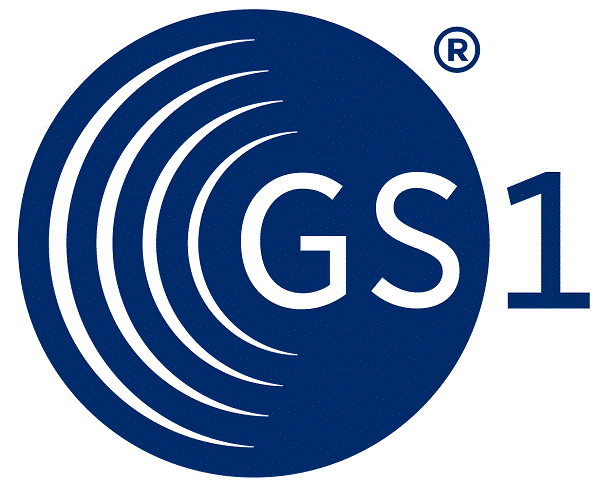| EANCOM® 2002 S3, Edition 2016 |
Part I
|

|
 |
The GS1 EANCOM® standard is a subset of selected UN/EDIFACT messages, based on UN/EDIFACT directory D.01B, syntax version 3 which was released by UN/CEFACT in 2001. It includes only components that are mandatory and those relevant for the GS1 user community.
This document is the manual for the GS1 EANCOM® 2002 syntax version 3. It is an implementation guideline containing detailed descriptions of the use of the messages and their components to support their electronic exchange between trading partner applications, as well as usage examples and sample data.
This manual is developed by GS1 and represents an integral part of the suite of GS1 supply chain solutions. In this context, the GS1 EANCOM® manual should be read in conjunction with the "GS1 General Specifications" manual which describes the GS1 Identification and Bar Code standards.
It is important to note that the GS1 EANCOM® 2002 syntax versions 3 and 4, replaces the GS1 EANCOM® 1997 syntax version 3, release which was based on UN/EDIFACT directory D.96A. Therefore, at the time of publication of this manual, the GS1 EANCOM® 2002 syntax versions 3 and 4, becomes the GS1 EANCOM® standard.
In terms of future maintenance and processing of new user requirements, work requests will be processed only against GS1 EANCOM® 2002 syntax versions 3 and 4.
It should be noted that Syntax 4 provides security features, such as Digital Signature and Digital Certificates that are not available in Syntax 3. Users that need to implement these security components together with the GS1 EANCOM® messages should refer to the part of this Manual related to Syntax 4.
The GS1 System is an integrated system of global standards that provides for accurate identification and communication of information regarding products, assets, services and locations. It is the most implemented supply chain standards system in the world. It is the foundation of a wide range of efficiency-building supply chain applications and solutions.
The GS1 system is developed and managed by GS1, using the GS1 Global Standards Management Process (GSMP).
The international GS1 Standards include:
The Electronic Data Interchange (EDI): the interchange of structured data according to agreed message standards, by electronic means.
All three sets of GS1 EDI standards are implemented in parallel by different users. Although XML is a newer technology than the GS1 EANCOM®, the latter has a large and constantly growing number of users. UN/CEFACT XML is a GS1 profile (subset) of the UN XML standard; it is meant mainly for users exchanging data with government organisations.
GS1 is going to continue supporting all three sets for as long as it is necessary. Any new developments, however (e.g. messages for sectors new to GS1) by default will be done only in GS1 XML. New GS1 EANCOM® developments in new domains will be done only if there is a justified business reason.
The existing GS1 EANCOM® messages will be supported and developed based on the user needs.
GS1 has defined 11 Identification Keys and 7 of them are currently relevant in the context of GS1 EDI standards, thus they have been included in GS1 XML and GS1 EANCOM®.
The Keys support the identification of trade items, services, locations, logistic units, assets, shipments, consignments, etc. The GS1 Company Prefix assigned to a user company allows that user company to create any of the GS1 identification keys.
More information about the Use of GS1 Identification Keys can be found in the document Use of GS1 keys in GS1 EDI messages Guideline.
GS1 has an entire portfolio of Data Carriers - media that can encode GS1 ID Keys and attribute data in a machine readable format:
More information about the GS1 Data Carriers and GS1 Identification Keys can be found in the GS1 General Specifications - the core document describing how these standards should be used to comply with GS1 System.
The Global Data Synchronisation allows exchanging Master Data in an automated manner.
Master Data are fixed attributes of products and parties that never (or hardly ever) change. They need to be aligned between trading partners before any transactional messages, like, Order, Despatch Advice or Invoice are exchanged. In these transactional messages they are referenced by the GS1 Identifications Keys. The Master Data related to them are retrieved from the company's data base via these ID keys.
The Master Data can be exchanged directly between trading partners, but far more efficient way is to use the Global Data Synchronisation Network comprised of:
User companies (e.g. manufacturers) can publish their Master Data in one of the Data Pools and their trading partners (e.g. retailers) can subscribe to receive notification whenever any of the attributes change or new product descriptions are published. The Data Pools contact the Global Registry to check where the information is stored and synchronise it directly with the Data Pool storing requested information. The relevant subset is then sent to the requesting user.
This infrastructure supporting standards ensure that all participating trading partners have access to most up to date Master Data relevant to them.
|